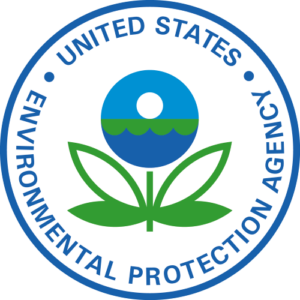
INGAA is concerned that the NO2 NAAQS Proposal could result in onerous regulatory requirements for NOx sources throughout the U.S., without commensurate societal benefit or compelling evidence that the proposed 1-hour standard is necessary to protect public health and welfare. In addition, NO2 will continue to decrease as NOx control programs are implemented to address nonattainment with the ozone and PM2.5 NAAQS. Thus, INGAA favors a more measured approach until the current programs have been more fully implemented, the benefits of these programs are realized and understood, and NO2 health effect studies provide compelling evidence that warrants a regulatory response.
Summary of EPA Proposal (74 FR34404-34466 – July 15, 2009):
EPA proposes to make revisions to the primary NO2 NAAQS. Specifically, EPA proposes to supplement the current annual standard by establishing a new short-term NO2 standard based on the 3-year average of the 99th percentile (or 4th highest) of 1-hour daily maximum concentrations. EPA proposes to set the level of this new standard within the range of 80 to 100 ppb and solicits comment on standard levels as low as 65 ppb and as high as 150 ppb. EPA also proposes to establish requirements for an NO2 monitoring network that will include monitors within 50 meters of major roadways. In addition, EPA is soliciting comment on an alternative approach to setting the standard and revising the monitoring network. Consistent with the terms of a consent decree, the Administrator will sign a notice of final rulemaking by January 22, 2010.







